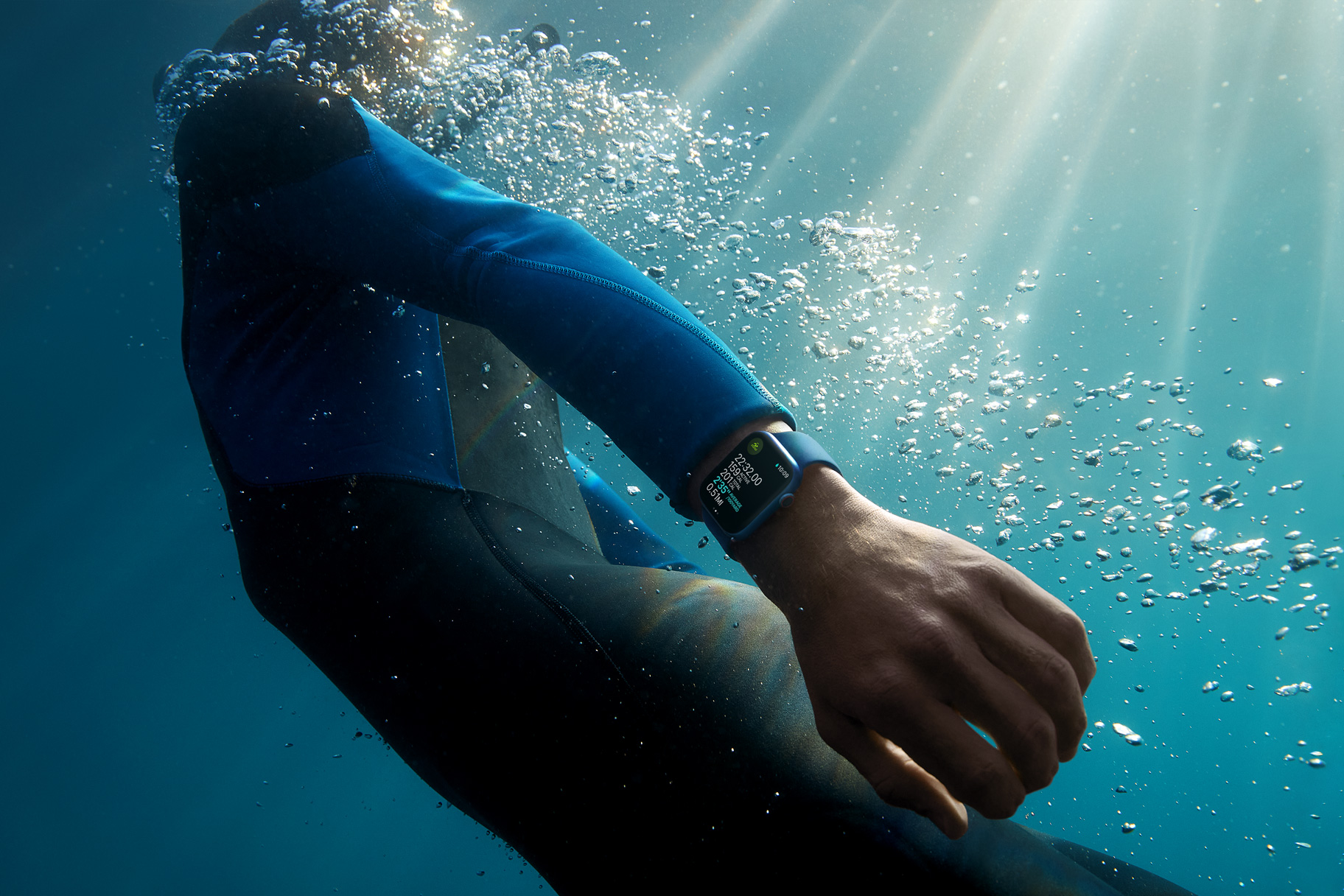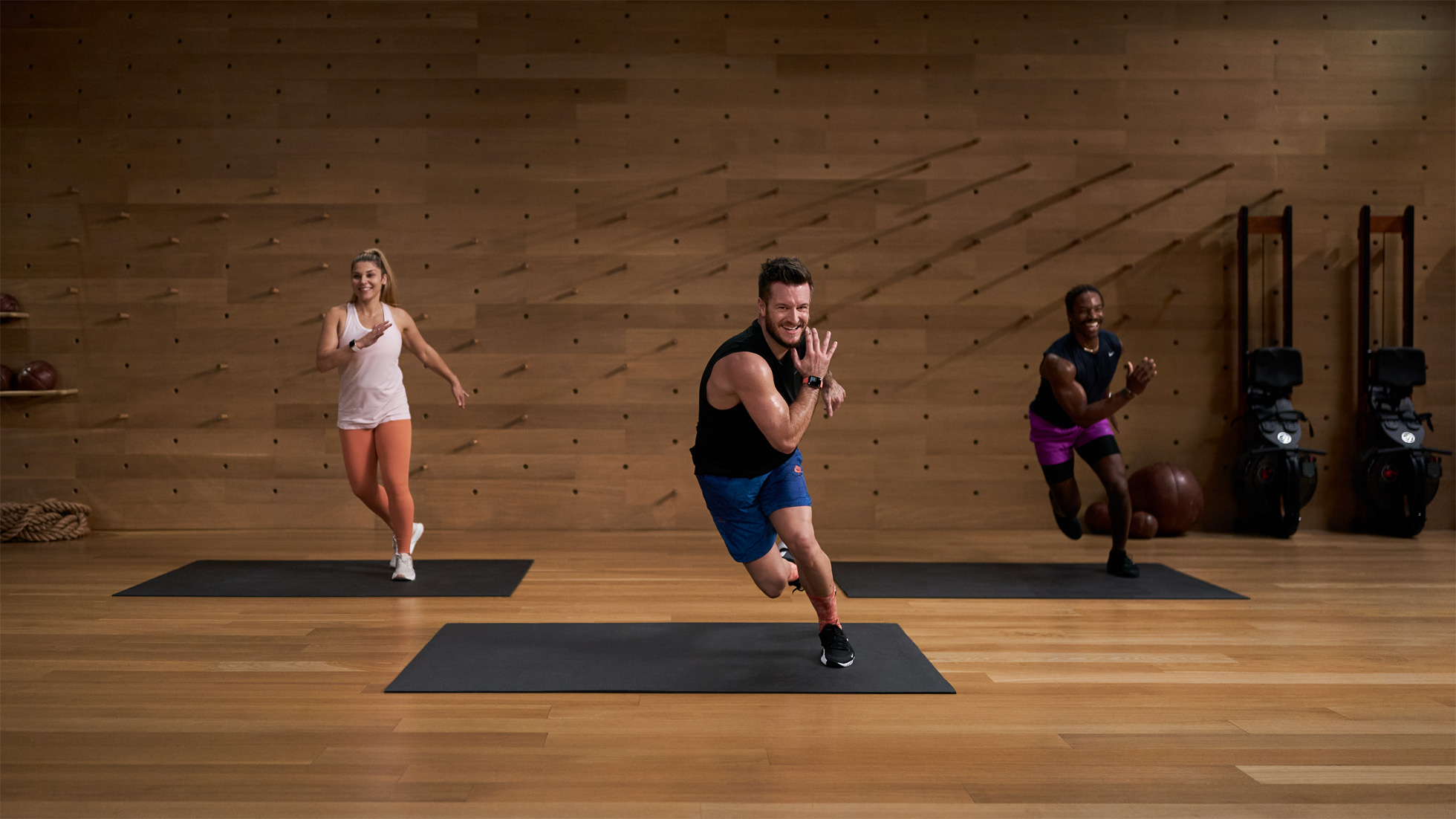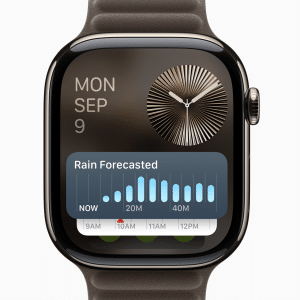This type of technology comes in a variety of formats. It can be a simple bracelet, a patch, or a piece of sports equipment that features a sensor. The sensor generates the data, the cloud collects and processes it, and then an app displays it. Below is a look at the impact of sports wearables on the world of sports and some professionals making the most of this advanced technology.
The Impact of Sports Wearables on the Sports Industry
Sports wearables have been a game changer, allowing coaches to move away from trial and error and long, laborious data compilation and make more informed decisions based on easily accessible data.
Not only has the sport itself benefited from the technology, but the sports betting industry has also benefited. In some sports, teams will post some of the data captured during events on the websites, which allows die-hard sports fans and lovers of statistics to immerse themselves in the data and engage with the athlete and their team more. Sports betting fans can harness this data to make decisions about their betting.
Tracking Health
Monitoring athletes’ health allows coaches to devise the best training plans. Using the technology, both parties can follow the athletes’ progress, monitor their workload, and see any risks ahead of time. This helps them lower the risk of injury and create efficient training plans.
Aiding Recovery
Sports wearables help athletes avoid injury and recover from injury just as much as a doctor or personal injury lawyer does. Sports stars can use them to monitor their sleep patterns and hydration levels and assess muscle recovery. Physiotherapists can devise recovery programs to address particular weaknesses. All in all, sports wearables help athletes recover and return to peak performance faster.

Monitor Performance
Sports wearables are really helping sports stars make more progress in their training. Tech such as in-built GPS, sensors on equipment, gyroscopes, and accelerometers capture an athlete’s speed, direction, and position. The tech can also register workload and body parameters. Athletes and coaches can use this insight to create strategies to boost performance.
The insight doesn’t just have to come from training. Since the athletes are wearing the tech in the heat of competition, coaches can use the data in real-time to make decisions during an event. If, for instance, a coach sees a player has covered a lot of distance, they may decide to make a substitution so that the player can rest.
Supporting Mental Performance
Working on mental performance and resilience is just as important as physical performance. Some sports players use EEG headbands to track their focus, concentration and stress levels during competition. They can then use this insight into their mental states to recreate the mental conditions for success and avoid re-experiencing ones that have caused them to fail.

Who is Using the Tech?
The NBA is one organization where you’ll either see players using sports wearables or read about them using them. The dynamic sports association has recognized the technology’s ability to help its stars minimize injury, and players are beginning to explore the benefits of sports wearables.
One player of note is the LA Lakers’ Anthony Davis. The forward centre has been spotted warming up on the court, sporting a wearable that resembles an Apple watch. The strap, a Whoop strap, measures imbalances between the sympathetic nervous system (the system that triggers the “fight or flight” response in stressful situations) and the parasympathetic one (the system that relaxes the body). The strap has helped medical staff to determine from the data how much time Davis should spend in a more relaxed state.
The Spanish soccer team Real Madrid is also making great use of the tech in Europe. Usage focuses on GPS devices attached to the backs of the players’ shirts. From wearable tech, coaches gain insight into players’ heart rates, the distances they cover, and acceleration and deceleration. The tech and its data also serve as a motivational tool for the players to understand their performance, the areas they need to work on, and set themselves targets.

Sports wearables are having a profound beneficial impact on the sports industry. Based on the data, coaches can change the way their athletes train to improve performance, minimize the risk of injury, recover quicker from injury, and enhance resilience. It allows sports stars to give their very best in the sporting arena, which can only be good.











